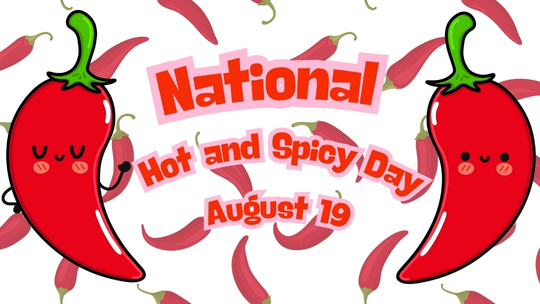You may know Manoa as the home of the Rainbow Warriors. Or where you go to enjoy a family hike. Or a place to get great sandwiches. But there’s a lot you may not know about Manoa Valley. It has a long history from its roots as an agricultural valley to today’s bustling campuses.
Linda Legrande, a Mālama Mānoa adviser who coordinates their Historic Walk, has a passion for history, architecture, and the valley. “I consider myself very fortunate to live in this neighborhood,” says Legrande. “I really appreciate old houses and historic preservation and we fight hard to keep as many homes intact as possible.”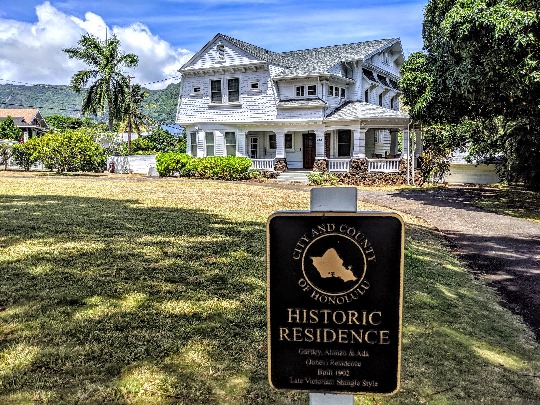
As preservationists, Mālama Mānoa’s members are keepers of history. Here, Legrande shares a few facts that may surprise you.
Unsavory beginnings
Legrande says late 19th century Manoa saw its share of noxious activity. Land deeds without restrictions meant it wasn’t uncommon to find piggeries, saloons, and slaughterhouses next to residential properties. The neighborhood changed in 1899 with the opening of Oahu College (now Punahou School), which spurred the first Manoa subdivision, College Hills. The larger lots in the area came with restrictions on land use, which banned asylums, poor houses, prisons, poi factories, and more.
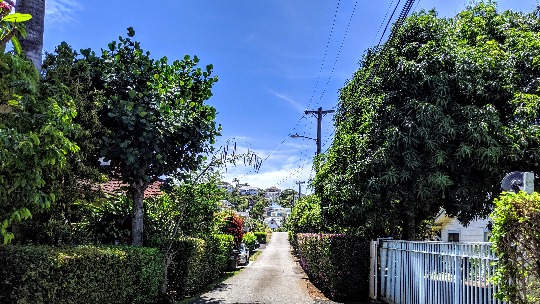
Obama slept here
Every year that she coordinates the Historic Walk, Legrande researches new houses for people to explore. “What I found in all this research is that these were homes to many presidents. Not necessarily national presidents, but a president at the bank, a president at Punahou, different institutions and organizations in our town,” says Legrande. “And as I got further into it I found that, actually, Barack Obama was a College Hills resident.”
President Obama’s former family home will be on this year’s tour with a sign outside that reads, “Obama slept here.”
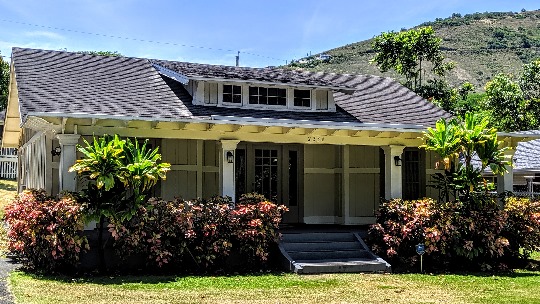
Riding the rails
Manoa Valley was largely agricultural until 1901. “It was country,” says Legrande. “One of the things that really got the interest going was that the Honolulu Rapid Transit Company came up Punahou Street.” The trolley ran up Punahou Street and Manoa Road to Kamehameha Avenue, turned mauka on Oahu Avenue, and ended at Anuenue Street, where the conductor flipped the seats for the passengers’ return ride. Legrande says the arrival of the trolley attracted more residents and was the beginning of Manoa’s suburbanization.
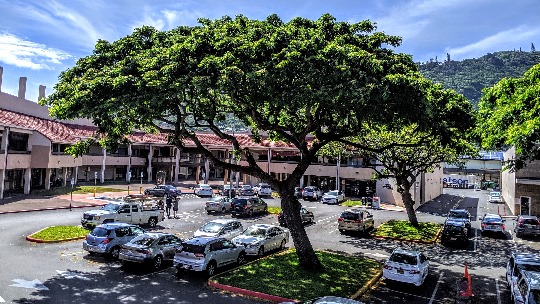
Staying green
There’s a reason Manoa is so green and it’s not just the rain. “A lot of this work is preserving green space,” says Legrande. “People cut down their trees, which provide such value. They clean the air, provide oxygen, they’re a place for the birds to live. It becomes a quality of life thing when you have trees.” In the ‘90s, Mālama Mānoa attempted to create a special district ordinance to protect trees and green space in the valley. Last year, they worked with the owners of Manoa Marketplace and the Manoa branch of the Outdoor Circle to prevent the removal of the beloved monkeypod trees at Manoa Marketplace.
Learn more about Manoa Valley and their upcoming walking tour at Mālama Mānoa’s website or email lindalegrande2243@gmail.com.


